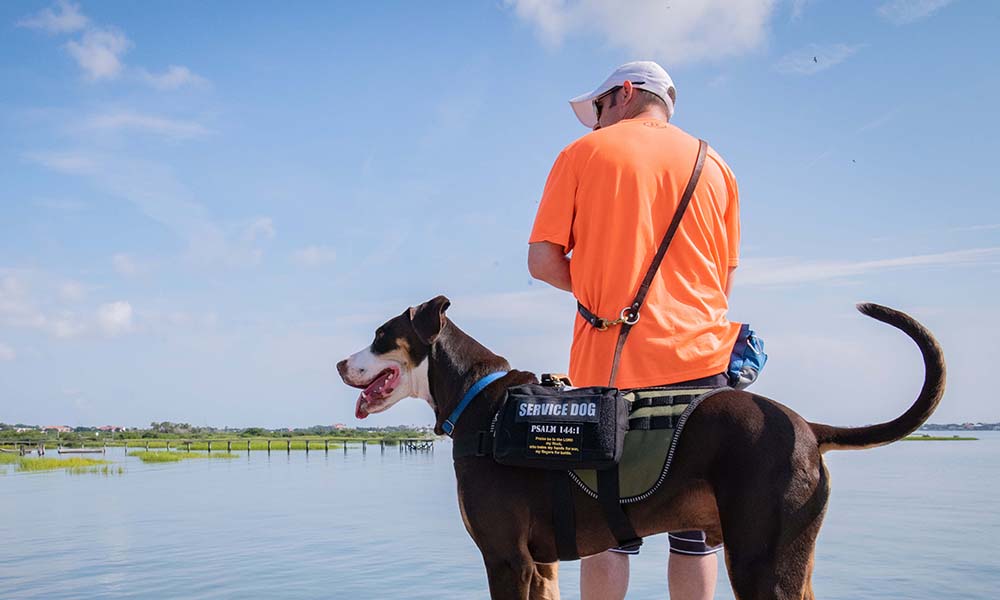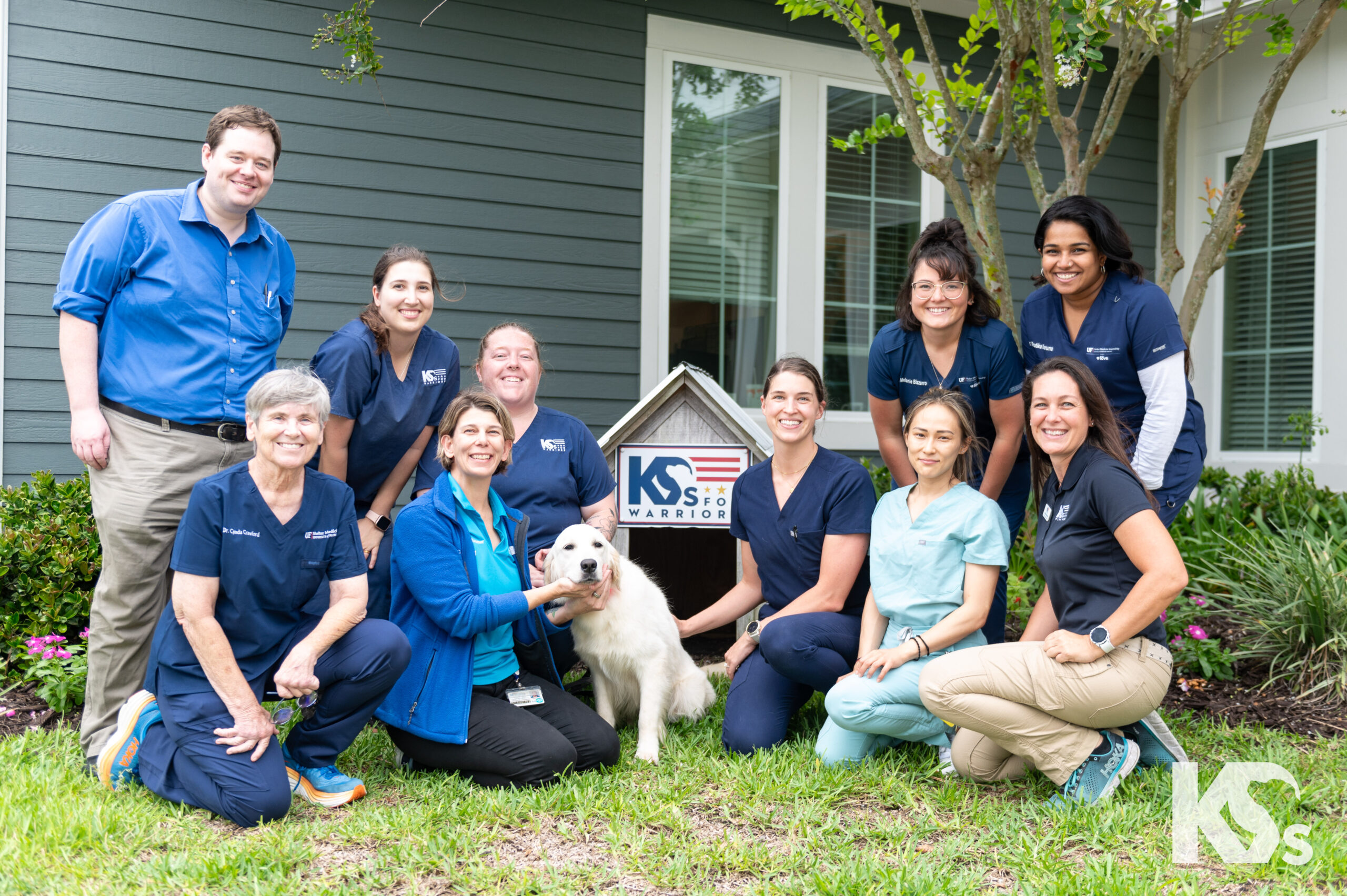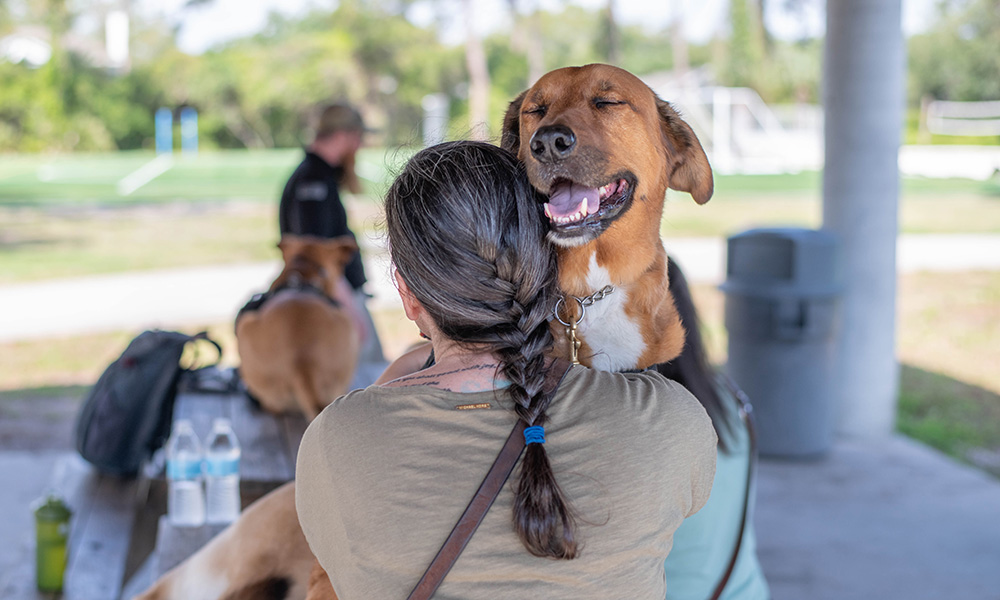Do Heavy Weapons Cause TBI?
Hundreds of thousands of veterans suffer from some form of Traumatic Brain Injury (“TBI”), which creates complications for them as they continue in their service to our country or interferes with their integration back into civilian society. Unfortunately, the risk of these injuries is inherent to their duty. However, by fighting to develop our understanding of brain injuries, we strengthen our ability to arm our service members with increasingly effective ways to prevent them and to mitigate their effects.
Most people have a sense of both the visible and unseen consequences of being on the receiving end of an explosion or IED blast, and the connection between blunt trauma and brain dysfunction. As recently as 2018, another risk joined the list of potential causes of intracranial injury: deployment of heavy weapons. It is not only the receiver of heavy weapon fire who is injured; but also those who wield heavy weapons can also suffer mild to moderate TBI by the effect on their brain from the pressure caused by the deployment of these weapons.
Researchers from The Center for New American Security (“CNAS”) reported findings from a CNAS study which suggest that projectile weapons such as the shoulder mounted Carl Gustav, which can be used to blow up armored tanks and has ammunition that leaves the barrel at over 500 miles per hour, damages the brain of those who deploy it in a similar manner as the blast wave of an IED does to those in its reach.
The firing of this weapon and others such as the M141 or the FIM-92 Stinger generates a wave of blast pressure which travels faster than the speed of sound and causes sudden, dramatic changes in pressure. Although the mechanism for injury to the brain caused by this “blast overpressurization” is currently debated, recognition of the risk is critical to the health and well-being of those facing these exposures. Even in training, service members may be repeatedly exposed to blast pressure and receive multiple blast-induced brain injuries and each exposure makes their brain more susceptible to injury in the future.
The damage to the brain of those who deploy these weapons does not present as we have come to expect on imaging of the most severe TBIs and it is cumulative; so, the risk of handling them had remained unidentified until very recently. Even though the extent of the danger to the brain of deploying heavy weapon blasts was previously unknown, the risk of injury from blast waves caused by IEDs or roadside bombs has been recognized. Blast TBIs, which became paramount in the wars in Iraq and Afghanistan, garnered the attention of some members of Congress. At the forefront of those concerned was Rep. Louise Slaughter, a congresswoman from upstate New York and a member of the Congressional Brain Injury Task Force. Slaughter eventually began asking questions which addressed the symptoms of those wielding heavy weapons: were weapons like the Carl Gustav not just hurting the enemy, but our own men and women in uniform?
A company in Rep. Slaughter’s district helped find the information she was looking for. In 2011, they created small sensors that were placed on servicemember’s uniforms while they toured in combat zones. They were meant to show the impact of roadside bombs on our soldiers, but they also showed the dangerous blasts they were absorbing by simply firing heavy weapons.
Soon after, the sensors were pulled from use by the Pentagon apparently due to its determination that they were not helpful in gathering information about brain injuries caused by combat and there were too many variables that could not be controlled to give proper, clear data. However, these sensors gave us hints to how these weapons impacted our soldiers. It was just the beginning of wider research in that area.
Some veterans claim that the VA resists paying for the treatment of TBIs caused by heavy weapon use during training on the homefront. In one particular high-profile case, a veteran spoke with NPR stating that the VA declined to pay for expensive brain scans that he needed. The VA says that more research must be done on the topic, and that they were unsure that his issues were service related. Though the Marine Corps veteran hadn’t been hit by an IED in his service, he had trained with heavy weapons. Left with a pile of bills he cannot pay, he is stuck between a rock and a hard place. He is one of many veterans who trained with heavy weapons appealing treatment decisions made by the VA.
There is disagreement about what could really be done on this issue. Our troops use these weapons to keep us and themselves safe – they cannot simply stop using them. One recommendation is to improve helmet designs. For example, the addition of a modular face shield could reduce blast pressure in the brain by up to 80 percent; but, it, like many ideas, would require research and funding before it could be implemented to help protect the men and woman using these weapons in the service of our country.
Identifying this particular injury can also help those who, unfortunately, have already suffered a TBI from heavy weapons. Aside from creating hope for the development of future therapeutic interventions, just knowing that this injury exists can bring some level of comfort as they face their current challenges. Learning that there is a recognized cause of symptoms they are experiencing and that they are not the only one who performed their job and is now struggling with an injury no one else can see, can fundamentally impact the loneliness and isolation veterans with invisible injuries often experience.
Further, a veteran who has seen limited or no combat may be hesitant to reach out for help for frustrations they experience. However, if they are aware that training and the use of weapons was dangerous even without the enemy near, they may be more inclined to identify their own issues as cognitive impairment and look for treatment options.
At K9s For Warriors, we have seen Service Dogs assist veterans suffering from TBIs and thereby increase their quality of life. Research that we have supported shows that Service Dogs lessen some of the effects of service-connected brain injury. Identifying TBIs and giving them the attention, research, and funding that they require is the first step in pairing a veteran in need with a dog that is ready to be of service and in getting veterans the help and care they deserve – whether their TBI was caused by blunt trauma, blast waves, or their own deployment of a heavy weapon.







